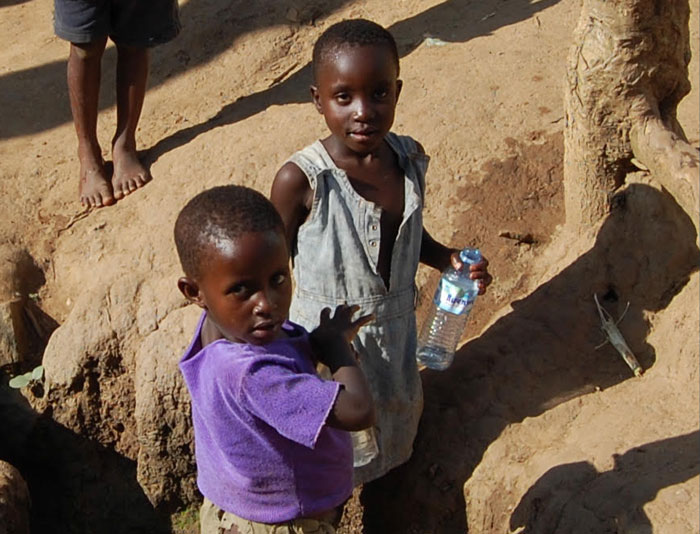About Day Zero
The success of the North American water industry in delivering safe drinking water to nearly every tap in the United States and Canada clouds our awareness of the pressing need for in-home water treatment for pathogen control in other countries. North Americans are familiar with household water treatment for taste and odor control, or less commonly, for removal of metals or organics. In the developing world, however, in-home water treatment is widely practiced and is, in fact, essential in many locations. It is necessary because most cities in the developing world do not reliably deliver pathogen-free drinking water to customer taps.
Access to usable water is one of the world’s great humanitarian crises. Although we think of this as a rural problem, it is actually becoming a greater issue in developing world cities. Most people in these cities do not have running water in their homes; they carry water daily from a neighborhood water tap. But what do you do when the water from your neighborhood tap stand is not reliably safe? Boiling is not the best answer, but it’s the one most commonly used. However, boiling is limited by the availability of fuel. Countries such as Uganda have sometimes restricted the use of charcoal because of the deforestation it causes.

The other reality is that boiling is slow. Mothers often put on a pan of water to boil over the cookstove in the evening after cooking the meal. It’s allowed to cool during the night. When that water is used up, children often find and drink water from any available source.
According to the UNICEF, 6,000 children die each day because of water-related diseases. The lost years of human life are staggering.
It is critical for those without access to water – or more specifically the means to disinfect the water they have – to have more and better means of treatment. The technology exists but it has to be distributed to the areas that need it. The UV water box is one of the answers. It disinfects water using the well-known method of UV light and is independent of both plumbing and electrical connections.
Our dream is that this technology becomes widely available to those who need it, but in order for that to happen we need help – to conduct field trials, to develop a more-affordable version ready for mass-production, and to help with distribution. We do not lack the know-how, we lack the means.